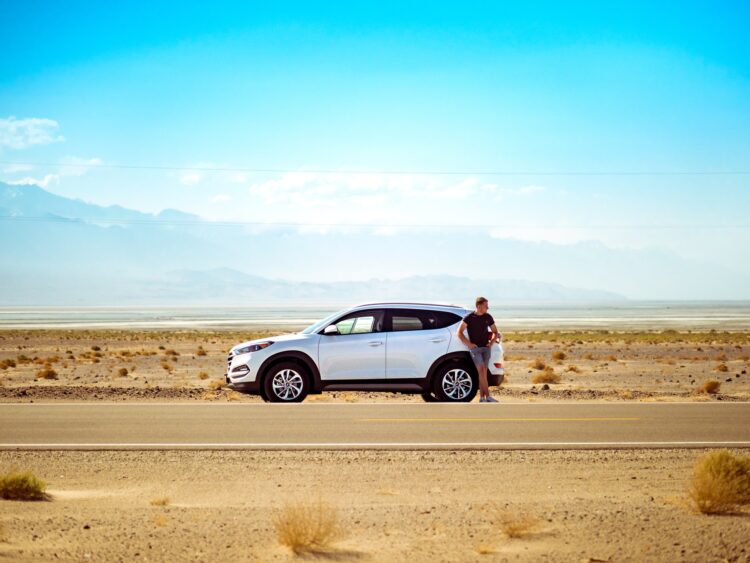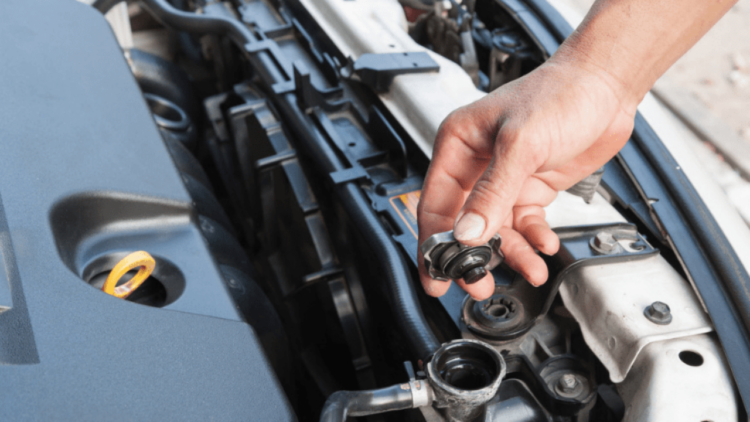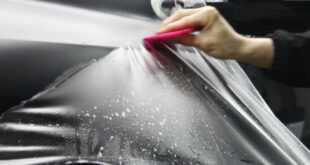Your car is a considerable investment, and you want to take care of it for as long as possible. Although most cars are made to last several decades before giving out, there are certain ways that people tend to cause harm to their vehicles without even knowing it. To prevent unnecessary wear and tear on your car, you must know what to avoid when operating and storing your vehicle. When you know what not to do, you can implement protective techniques into your car’s maintenance routine like avoiding potholes and covering your outdoor vehicle with a specially designed hail car cover from CarCovers. Read up on the following seven ways you can damage your car that you may not be aware of so that you can avoid these pitfalls and keep your vehicle in good shape.
1. Running into Potholes

One of the worst things you can do to your car is to drive it into potholes. The faster you drive over potholes, the more damage you can cause, but, even at reduced speeds, potholes can cause damage to the front-end alignment of your car. Deep pockets in the road can affect steering mechanisms in your vehicle and harm your car’s suspension as well. If you can’t avoid potholes altogether, reducing your speed may mitigate the damage.
2. Leaving Your Car Outside
If you have the option, storing your car in a garage or covered space is the best way to keep it in good shape. Parking your vehicle outside, especially for long periods, can cause wear and tear from the elements like rain, snow, ice, and hail. This causes rusting, which may spread and cause damage over time, harm the vehicle’s appearance, and lower its resale value. If you have to leave your car outdoors, consider buying a protective car cover to shelter it from the elements.
3. Shifting from Reverse to Drive Without Stopping

This is common driving behavior that most people perform without thinking about the damage it can cause over time. As you back out of a parking spot, you may not entirely stop before pushing your gear shift from reverse into drive. This puts stress on your transmission because your vehicle isn’t built to switch gears and stop all at once. To prevent this wear and tear damage, just make sure to push on the brakes and stop before shifting to drive next time you are in reverse.
4. Waiting Too Long Between Oil Changes
Maintaining a consistent oil change schedule goes a long way toward preventing damage to your car. Older cars should follow the recommendation of getting an oil change every 3,000 miles, while newer cars can go longer between appointments. Many modern vehicles can go 7,500 to 10,000 miles without needing an oil change, but it is recommended that you check your car’s specifications in the user manual. Either way, getting an oil change at the proper intervals is an excellent way to keep your car running smoothly.
5. Not Letting Your Car Warm Up

When the weather outside is cold, it is a good idea to start your car and allow the oil in the engine to warm up before you drive so that your vehicle will function properly. This also prevents wear between the moving parts of the engine. However, one thing to note is this might only apply to classic and vintage cars made before the 1990s. It is a good idea to check to see if your car’s model uses a carburetor in its engine to determine if this behavior will affect your vehicle.
6. Letting Your Radiator Run on Water
If you allow your car’s coolant to run out, you’re essentially forcing your radiator to run on water. The problem here is that the coolant keeps the metals in your engine from reacting with one another and causing galvanic corrosion. Galvanic corrosion can be especially damaging to your car’s internal workings and is hard or impossible to fix once the corrosion process begins. To prevent this problem, always put the correct type and amount of antifreeze in your vehicle, as it contains protectants that keep the metals from interacting.
7. Ignoring Leaks and Lights

When your check engine or another dashboard warning light comes on, it is vital to address it right away. The same goes for any leaks that you notice. If you ignore these tell-tale signs that something isn’t right with your vehicle, you almost guarantee that damage occurs. Leaks tell you that something isn’t functioning correctly or there is a broken or damaged element. The issue can only worsen if you ignore it, even if the car seems to run fine otherwise. Engine lights or other warning lights are also telling you that something is amiss. It’s better to take the time and money to get it checked out than let it go and cost you more in the long run.
How to Protect Your Car From Damage
Though many actions cause damage to your vehicle, it is relatively easy to protect your car from undue harm. Keep the following tips in mind and incorporate them into your regular maintenance routine to keep your vehicle in tip-top shape:
- Drive the speed limit and slow down on speed bumps and potholes.
- Avoid driving on damaged roads.
- Check your car’s fluids and replace them when needed.
- Address the check engine and dashboard lights as soon as they come on.
- Keep your gas tank filled at least halfway.
- Invest in a quality custom car cover to protect your car from the elements.
- Keep the inside and outside of your car clean.
- Have regular maintenance performed by a credible mechanic.
Keep Your Car Running Smoothly
Knowing about these seven ways you can damage your vehicle can help you keep your car in better condition. When you’re aware of what causes damage, you can take action to avoid those behaviors and keep your car safe from unnecessary wear and tear. As long as you stay on top of mechanical maintenance, keep your car clean, and protect it from the elements, your vehicle should run smoothly for years and get you where you need to go.
 Hi Boox Popular Magazine 2024
Hi Boox Popular Magazine 2024



